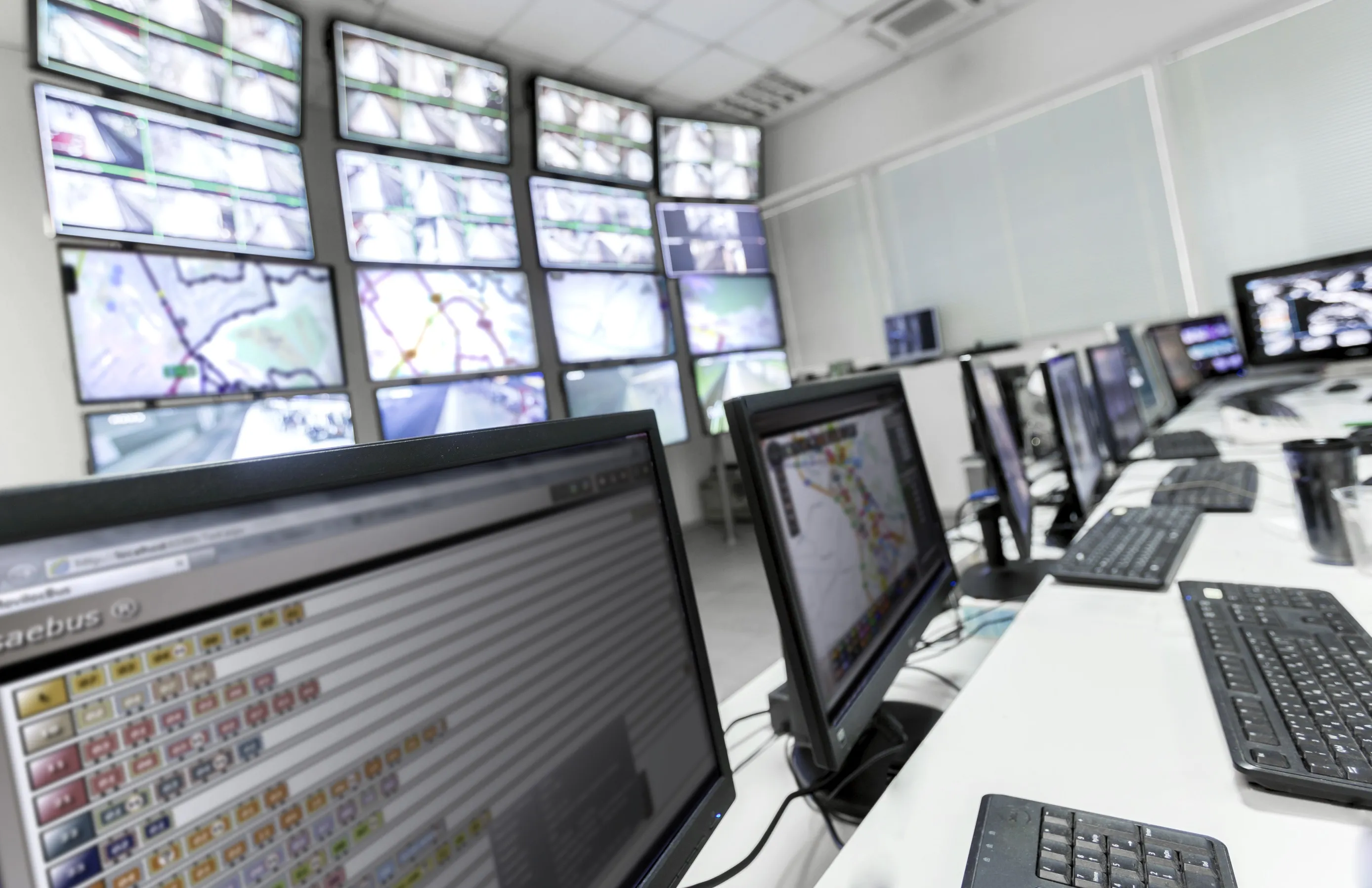Malaysia’s Syarikat Prasarana Negara Berhad (Prasarana), which is responsible for the modernisation of the public transport system in the country, has awarded Indra the contract to design, develop and commission a new integrated control centre for Kuala Lumpur’s monorail and the Ampang and Kelana Jaya light rail transit lines. A new control centre will integrate existing ticketing and passenger information systems, together with all transport lines operated by Prasarana and the mass rapid transit (MRT), the
July 9, 2013
Read time: 2 mins
Malaysia’s Syarikat Prasarana Negara Berhad (Prasarana), which is responsible for the modernisation of the public transport system in the country, has awarded 509 Indra the contract to design, develop and commission a new integrated control centre for Kuala Lumpur’s monorail and the Ampang and Kelana Jaya light rail transit lines.
A new control centre will integrate existing ticketing and passenger information systems, together with all transport lines operated by Prasarana and the mass rapid transit (MRT), the KTM Komuter railway line and other future transport systems for the country. Supported by a state-of-the-art data centre, the control centre’s advanced management system will provide full integration of all network control and operation elements, integrated management of all lines and greater operating automation.
Indra’s solution will include operational planning, traffic regulation and real-time train circulation monitoring sub-systems. It will integrate the existing signalling systems and allow remote monitoring and optimisation of the rolling stock and staff schedules. It will also include tools for strategic decision-making and quality service indicators.
A new control centre will integrate existing ticketing and passenger information systems, together with all transport lines operated by Prasarana and the mass rapid transit (MRT), the KTM Komuter railway line and other future transport systems for the country. Supported by a state-of-the-art data centre, the control centre’s advanced management system will provide full integration of all network control and operation elements, integrated management of all lines and greater operating automation.
Indra’s solution will include operational planning, traffic regulation and real-time train circulation monitoring sub-systems. It will integrate the existing signalling systems and allow remote monitoring and optimisation of the rolling stock and staff schedules. It will also include tools for strategic decision-making and quality service indicators.









